Can gold plated jewelry get wet?
Gold plated jewelry is a popular choice for those looking for affordable and stylish accessories. However, one question that often arises is whether gold plated jewelry can get wet. In this article, we will explore the effects of water on gold plated jewelry, provide tips for protecting it from water damage, and discuss how to properly care for gold plated jewelry. We will also address common misconceptions about gold plated jewelry. So, if you've ever wondered if you can wear your gold plated jewelry in the shower or while swimming, keep reading to find out!
Key Takeaways
- Water can cause gold plated jewelry to fade or tarnish over time.
- To protect gold plated jewelry from water damage, avoid wearing it while swimming, showering, or participating in water activities.
- Remove gold plated jewelry before applying lotions, perfumes, or other beauty products that could contain chemicals that may damage the plating.
- Proper storage of gold plated jewelry, such as keeping it in a jewelry box or pouch, can help prevent damage.
- Regular cleaning and polishing of gold plated jewelry can help maintain its appearance and prolong its lifespan.
What is gold plated jewelry?
Understanding the gold plating process
Gold plating is a process where a thin layer of gold is applied to the surface of another metal, such as silver or brass. The gold layer is typically measured in microns, with thicker layers providing more durability. The process involves electroplating, where an electric current is used to deposit the gold onto the metal surface.
Gold plating can be done using different methods, including electroplating, electroless plating, and gold-filled techniques. Each method has its own advantages and disadvantages, and the choice depends on factors such as cost, desired appearance, and durability.
Electroplating is the most common method used for gold plating. It involves immersing the metal object in a solution containing gold ions and applying an electric current to attract the gold ions to the surface of the metal. This method allows for precise control over the thickness of the gold layer and produces a smooth and even finish.
Electroless plating is a chemical process that does not require an electric current. Instead, a reducing agent is used to deposit the gold onto the metal surface. This method is often used for plating non-conductive materials, such as plastics or ceramics.
Gold-filled jewelry is made by bonding a layer of gold to a base metal, such as brass or sterling silver. The gold layer is mechanically bonded to the base metal, making it more durable than traditional gold plating. Gold-filled jewelry is often marked with a fraction, such as 1/20 or 1/10, indicating the amount of gold by weight.
In summary, gold plating is a process that involves applying a thin layer of gold to the surface of another metal. It can be done using different methods, each with its own advantages and disadvantages. The choice of method depends on factors such as cost, desired appearance, and durability.
How long does gold plating last?
Gold plating can last anywhere from a few months to a few years, depending on various factors. The thickness of the gold plating, the quality of the base metal, and how well the jewelry is cared for all play a role in determining its lifespan.
It's important to note that gold plating is a surface treatment and will eventually wear off over time. The frequency and intensity of use, exposure to moisture, and contact with chemicals can accelerate the wearing off process.
To extend the lifespan of gold plated jewelry, it is recommended to avoid exposing it to water, harsh chemicals, and excessive sweat. When not in use, storing the jewelry in a dry and air-tight container can help prevent oxidation and slow down the wearing off process.
Tip: If you notice signs of wear or discoloration on your gold plated jewelry, it may be time to consider re-plating or replacing it.
Different types of gold plating
When it comes to gold plated jewelry, there are several different types of plating methods that are commonly used. These methods include:
-
Electroplating: This is the most common method of gold plating, where a thin layer of gold is deposited onto the surface of the base metal using an electric current.
-
Mechanical plating: In this method, gold particles are mechanically bonded to the surface of the base metal, creating a durable and long-lasting gold plated finish.
-
Gold-filled: Unlike traditional gold plating, gold-filled jewelry has a much thicker layer of gold bonded to the base metal, making it more resistant to wear and tear.
-
Vermeil: Vermeil jewelry is made by coating sterling silver with a thick layer of gold, resulting in a high-quality and luxurious gold plated finish.
It's important to understand the different types of gold plating to choose the right jewelry that suits your needs and preferences.
Can gold plated jewelry get wet?
The effects of water on gold plated jewelry
Water can have damaging effects on gold plated jewelry. When gold plated jewelry comes into contact with water, the water can cause the gold plating to wear off more quickly. This is because water can cause the metal underneath the gold plating to corrode, leading to the gold plating becoming dull or even flaking off. It is important to avoid exposing gold plated jewelry to water as much as possible to prolong its lifespan.
To protect gold plated jewelry from water damage, it is recommended to remove it before swimming, showering, or participating in any water-related activities. Additionally, it is advisable to avoid wearing gold plated jewelry while washing hands or doing dishes, as the constant exposure to water can accelerate the deterioration of the gold plating.
If gold plated jewelry does come into contact with water, it is important to dry it thoroughly and gently with a soft cloth. Avoid using harsh chemicals or abrasive materials to clean the jewelry, as this can further damage the gold plating.
Tips for protecting gold plated jewelry from water damage
To protect your gold plated jewelry from water damage, it is important to follow these tips:
-
Avoid submerging the jewelry in water: Water can cause the gold plating to wear off or tarnish. It is best to remove your gold plated jewelry before swimming, showering, or doing any water-related activities.
-
Dry the jewelry thoroughly: After coming into contact with water, make sure to dry your gold plated jewelry thoroughly using a soft cloth. This will help prevent any moisture from causing damage to the plating.
-
Avoid using harsh chemicals: Chemicals found in soaps, lotions, and perfumes can also damage the gold plating. It is recommended to remove your jewelry before applying any of these products.
-
Store the jewelry properly: When not wearing your gold plated jewelry, store it in a dry and safe place, away from moisture and direct sunlight. This will help maintain its appearance and prevent any potential damage.
Remember, taking proper care of your gold plated jewelry will ensure its longevity and keep it looking beautiful for years to come.
Cleaning and maintenance of gold plated jewelry
When it comes to cleaning and maintaining gold plated jewelry, it's important to follow a few simple steps to ensure its longevity and shine.
-
Gently clean the jewelry using a soft cloth or a mild soap and water solution. Avoid using abrasive cleaners or harsh chemicals, as they can damage the gold plating.
-
Avoid excessive rubbing when cleaning the jewelry, as this can cause the gold plating to wear off.
-
Dry the jewelry thoroughly after cleaning to prevent water spots or tarnishing.
-
Store the jewelry properly when not in use, preferably in a soft pouch or a jewelry box with individual compartments to prevent scratching or tangling.
-
Avoid exposing the jewelry to harsh chemicals such as perfume, hairspray, or cleaning products, as they can cause the gold plating to fade or tarnish.
Remember, with proper care and maintenance, your gold plated jewelry can continue to shine and sparkle for a long time.
How to care for gold plated jewelry
Avoiding exposure to chemicals
When caring for gold plated jewelry, it is important to avoid exposing it to harsh chemicals. Chemicals such as chlorine, bleach, and household cleaning agents can cause the gold plating to fade or tarnish. To protect your gold plated jewelry, it is recommended to remove it before swimming in pools or hot tubs, as well as before using cleaning products. Additionally, it is advisable to avoid wearing gold plated jewelry while applying lotions, perfumes, or hairsprays, as these products can also contain chemicals that may damage the plating.
Proper storage of gold plated jewelry
When it comes to storing your gold plated jewelry, it is important to take certain precautions to prevent damage and maintain its appearance. Here are some tips for proper storage:
- Keep it separate: Store your gold plated jewelry separately from other pieces to avoid scratching and tangling.
- Avoid moisture: Keep your jewelry in a dry place to prevent moisture from causing tarnish or corrosion.
- Use a jewelry box: Invest in a jewelry box with compartments or individual pouches to keep your gold plated jewelry organized and protected.
Tip: Avoid storing your gold plated jewelry in direct sunlight or extreme temperatures, as this can cause the plating to fade or peel.
By following these storage tips, you can prolong the lifespan of your gold plated jewelry and keep it looking its best.
Cleaning and polishing techniques
When it comes to cleaning and polishing gold plated jewelry, it's important to use gentle methods to avoid damaging the delicate layer of gold. Here are some tips to keep your gold plated jewelry looking its best:
- Use a soft, non-abrasive cloth to gently wipe away any dirt or oils.
- Avoid using harsh chemicals or abrasive cleaners, as they can strip away the gold plating.
- If your gold plated jewelry has tarnished, you can try using a mild soap and water solution to gently clean it.
Remember, it's always best to consult the manufacturer's instructions for specific cleaning and polishing recommendations for your gold plated jewelry.
Tip: Avoid using ultrasonic cleaners or steam cleaners, as they can also damage the gold plating.
Common misconceptions about gold plated jewelry
Gold plated jewelry is not real gold
Gold plated jewelry may look like real gold, but it is important to understand that it is not made entirely of gold. The base metal of gold plated jewelry is usually a more affordable material, such as brass or copper, which is then coated with a thin layer of gold. This layer of gold gives the jewelry its gold-like appearance.
It is worth noting that the thickness of the gold layer can vary, and this can affect the durability and longevity of the gold plating. In general, the thicker the gold layer, the longer the gold plating is likely to last.
However, it is important to remember that gold plated jewelry is not as durable as solid gold jewelry. While it can withstand normal wear and tear, it is more prone to tarnishing, fading, and damage when exposed to certain elements, such as water, chemicals, and sweat.
To ensure the longevity of your gold plated jewelry, it is important to take proper care and avoid exposing it to harsh conditions. This includes avoiding contact with water, chemicals, and perfumes, as well as storing it in a dry and safe place when not in use.
Remember, gold plated jewelry may not be real gold, but with proper care, it can still be enjoyed for a long time.
Gold plating will not fade or tarnish
Contrary to popular belief, gold plated jewelry is not immune to fading or tarnishing. While gold plating provides a layer of gold on the surface of the jewelry, it is still susceptible to wear and tear over time. Factors such as exposure to moisture, chemicals, and friction can cause the gold plating to fade or tarnish.
To maintain the longevity of your gold plated jewelry, it is important to take proper care. Here are some tips:
- Avoid exposing your gold plated jewelry to water, as prolonged exposure can accelerate the fading or tarnishing process.
- Remove your gold plated jewelry before swimming, showering, or participating in activities that may cause excessive sweating.
- Store your gold plated jewelry in a dry and clean place, away from direct sunlight and humidity.
Remember, while gold plating can enhance the appearance of jewelry, it requires regular maintenance and care to preserve its shine and luster.
All gold plated jewelry is the same quality
Contrary to popular belief, not all gold plated jewelry is the same quality. The quality of gold plating can vary depending on factors such as the thickness of the gold layer, the base metal used, and the plating process. It is important to choose gold plated jewelry from reputable sources that use high-quality materials and techniques to ensure durability and longevity.
In some cases, gold plated jewelry may be labeled with a karat number, such as 18k or 24k, to indicate the purity of the gold layer. However, it is important to note that this karat number refers to the purity of the gold layer and not the entire piece of jewelry. The base metal used in gold plated jewelry can vary, and it is often a less expensive metal such as brass or stainless steel.
When purchasing gold plated jewelry, it is advisable to consider factors such as the thickness of the gold layer, the base metal used, and the reputation of the manufacturer or retailer. By doing so, you can ensure that you are getting a high-quality piece of jewelry that will maintain its appearance and durability over time.
Conclusion
In conclusion, gold plated jewelry can withstand occasional exposure to water, but it is not recommended to wear it while swimming or showering. The water can cause the gold plating to fade or tarnish over time. It is important to take proper care of gold plated jewelry by avoiding contact with water, harsh chemicals, and storing it in a dry place. By following these precautions, you can prolong the lifespan of your gold plated jewelry and keep it looking beautiful for longer.
Can gold plated jewelry get wet?
Is it safe to wear gold plated jewelry in the shower?
It is generally not recommended to wear gold plated jewelry in the shower as exposure to water and soap can cause the gold plating to wear off more quickly.
Can I wear gold plated jewelry while swimming?
It is best to avoid wearing gold plated jewelry while swimming, as the chlorine and other chemicals in the water can damage the gold plating.
What should I do if my gold plated jewelry gets wet?
If your gold plated jewelry gets wet, it is important to dry it thoroughly with a soft cloth to prevent water spots or tarnishing. Avoid using harsh chemicals or abrasive materials to clean it.
Can I wear gold plated jewelry in the rain?
While wearing gold plated jewelry in light rain is generally safe, it is best to remove it and store it properly if you will be exposed to heavy rain or prolonged moisture.
Will gold plated jewelry tarnish if it gets wet?
Gold plated jewelry can tarnish if it gets wet, especially if it is not properly cared for or if it comes into contact with harsh chemicals. Regular cleaning and maintenance can help prevent tarnishing.
Can I wear gold plated jewelry while exercising?
It is generally not recommended to wear gold plated jewelry while exercising, as sweat can cause the gold plating to wear off faster. It is best to remove it before engaging in physical activities.
Best Sellers












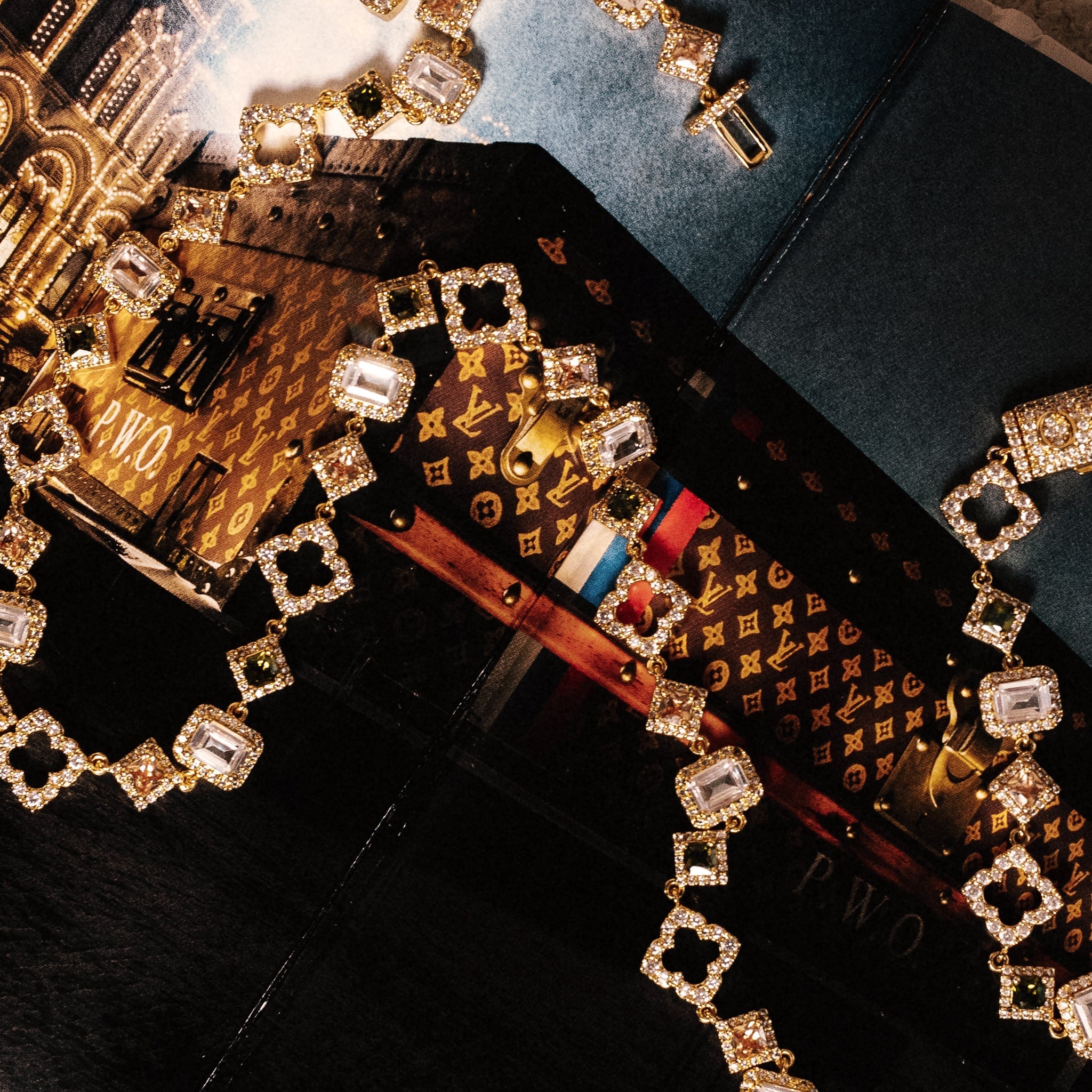

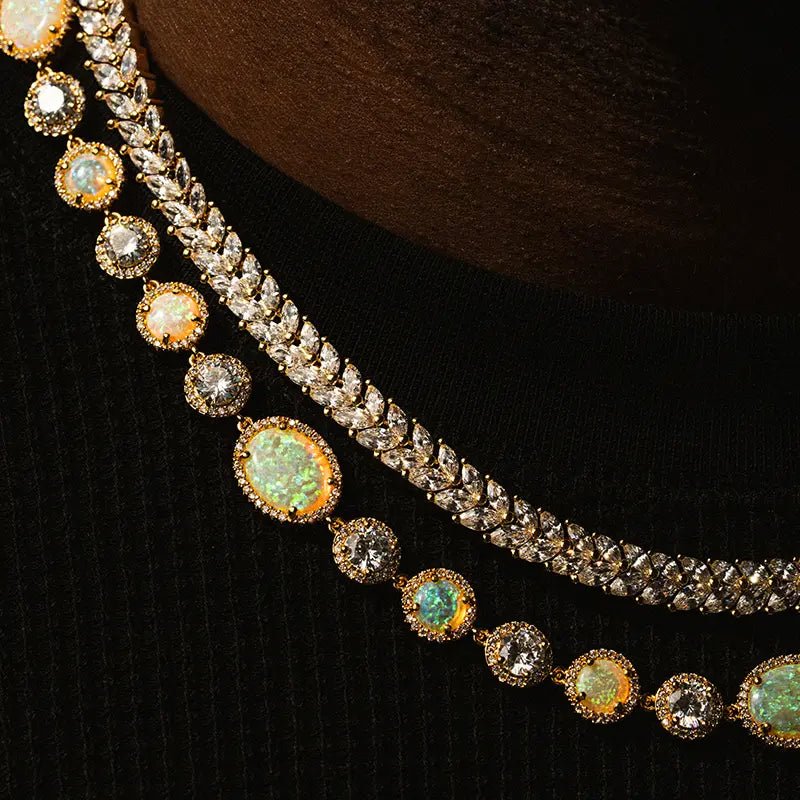
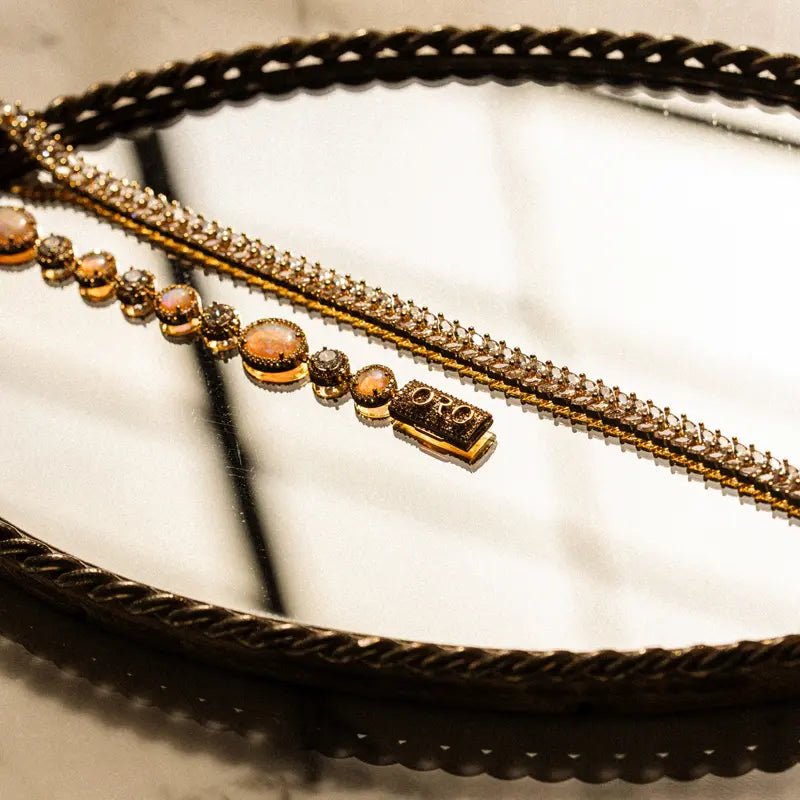
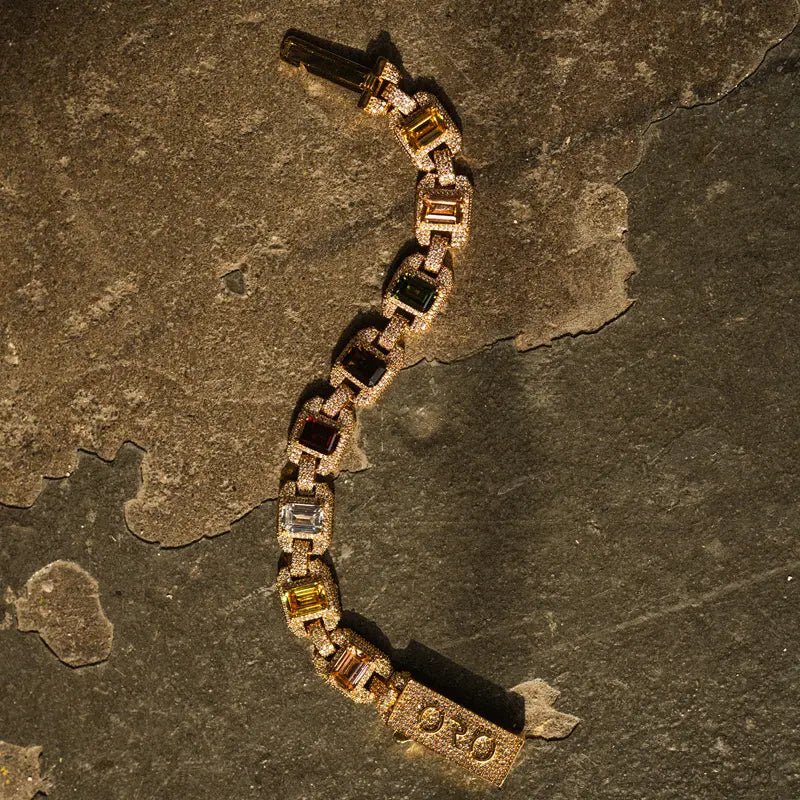
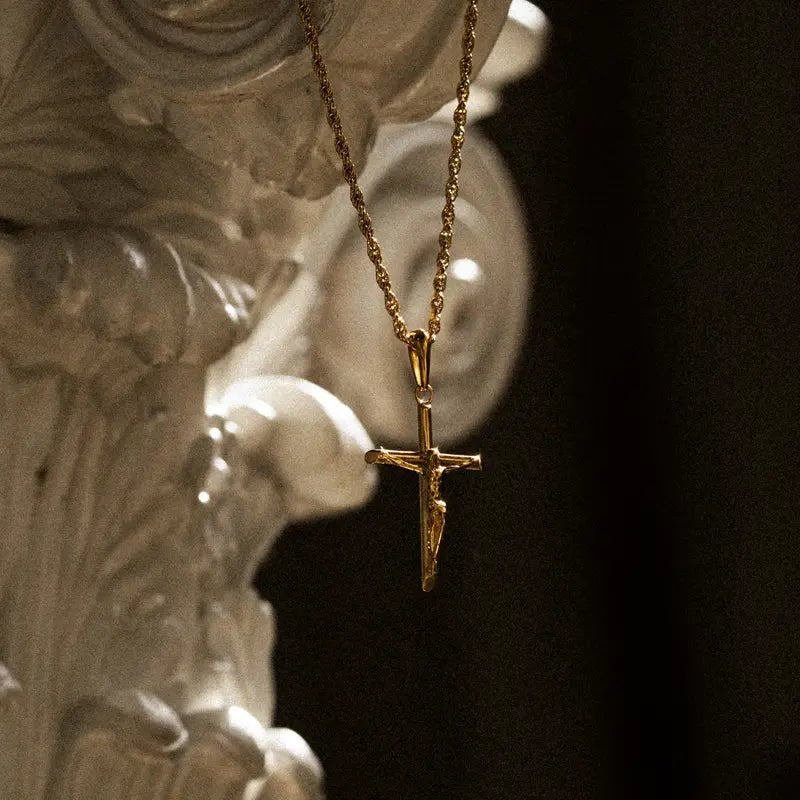



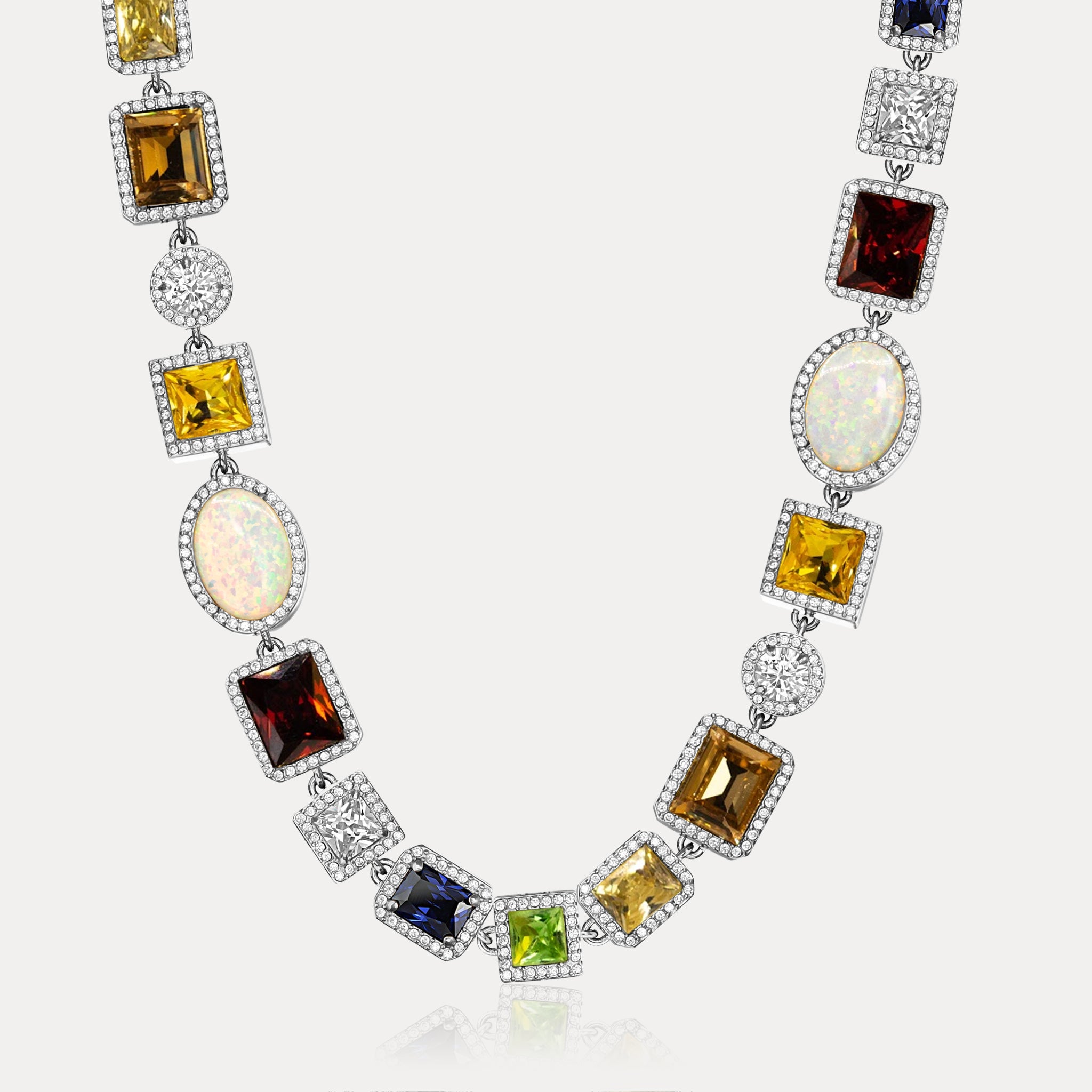
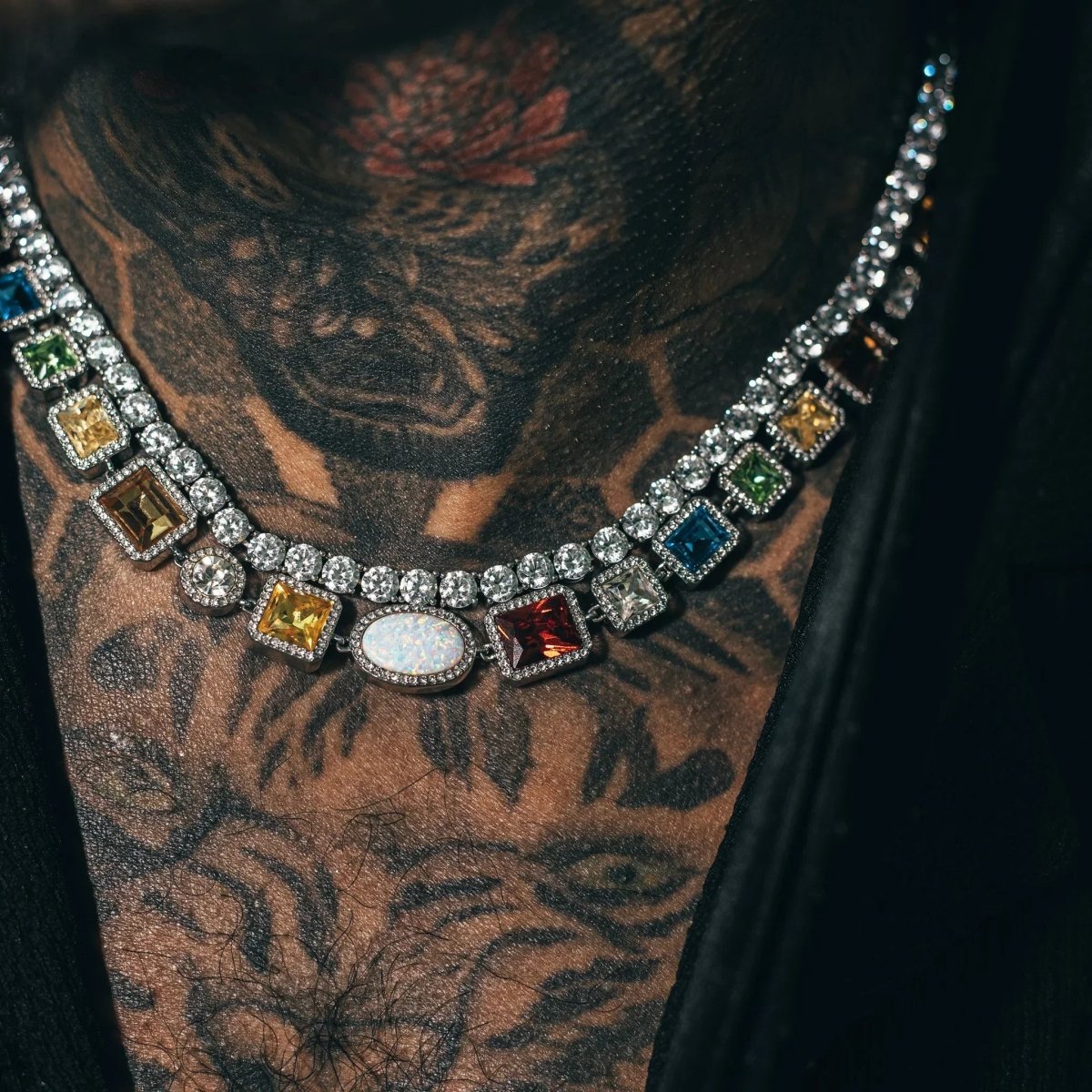
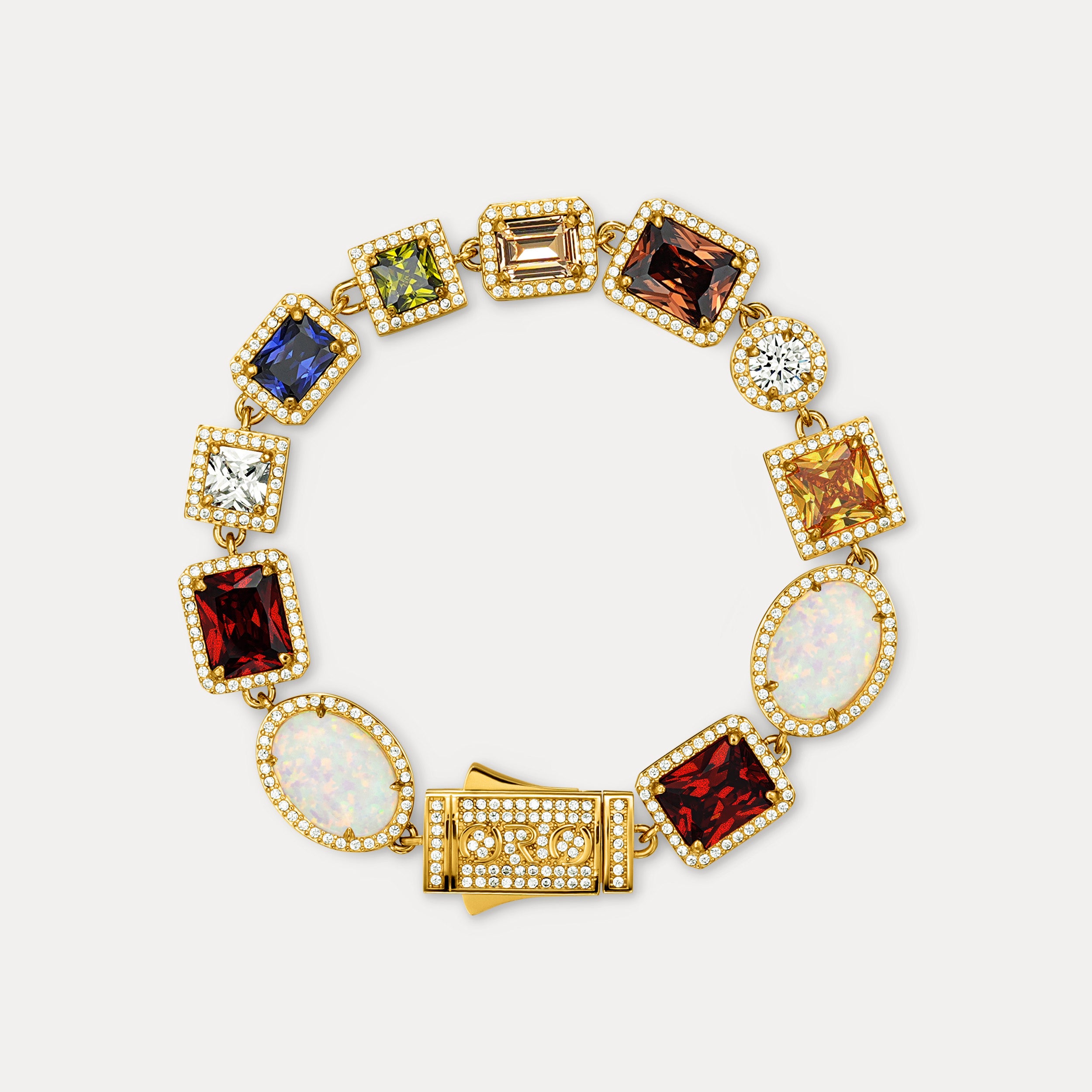

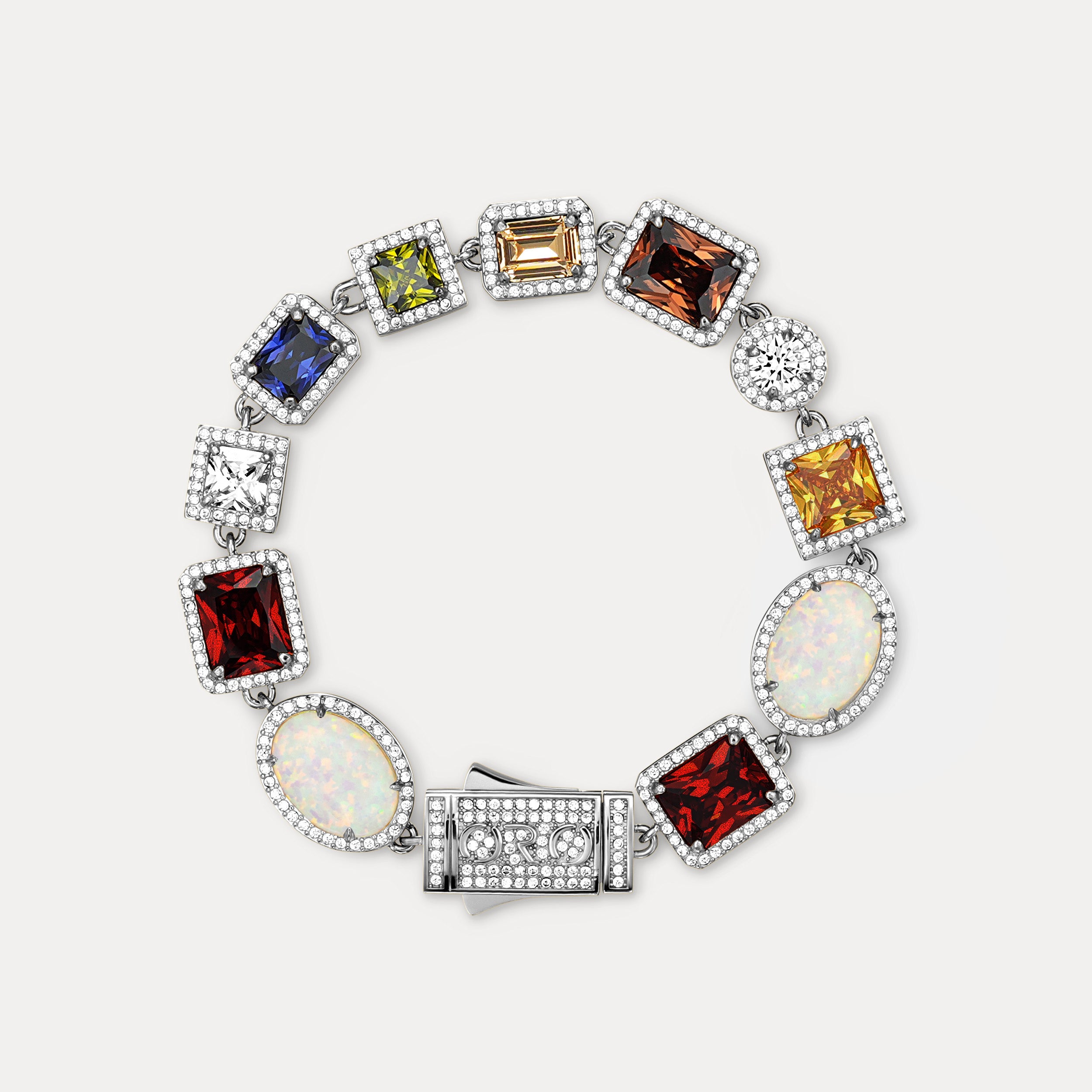
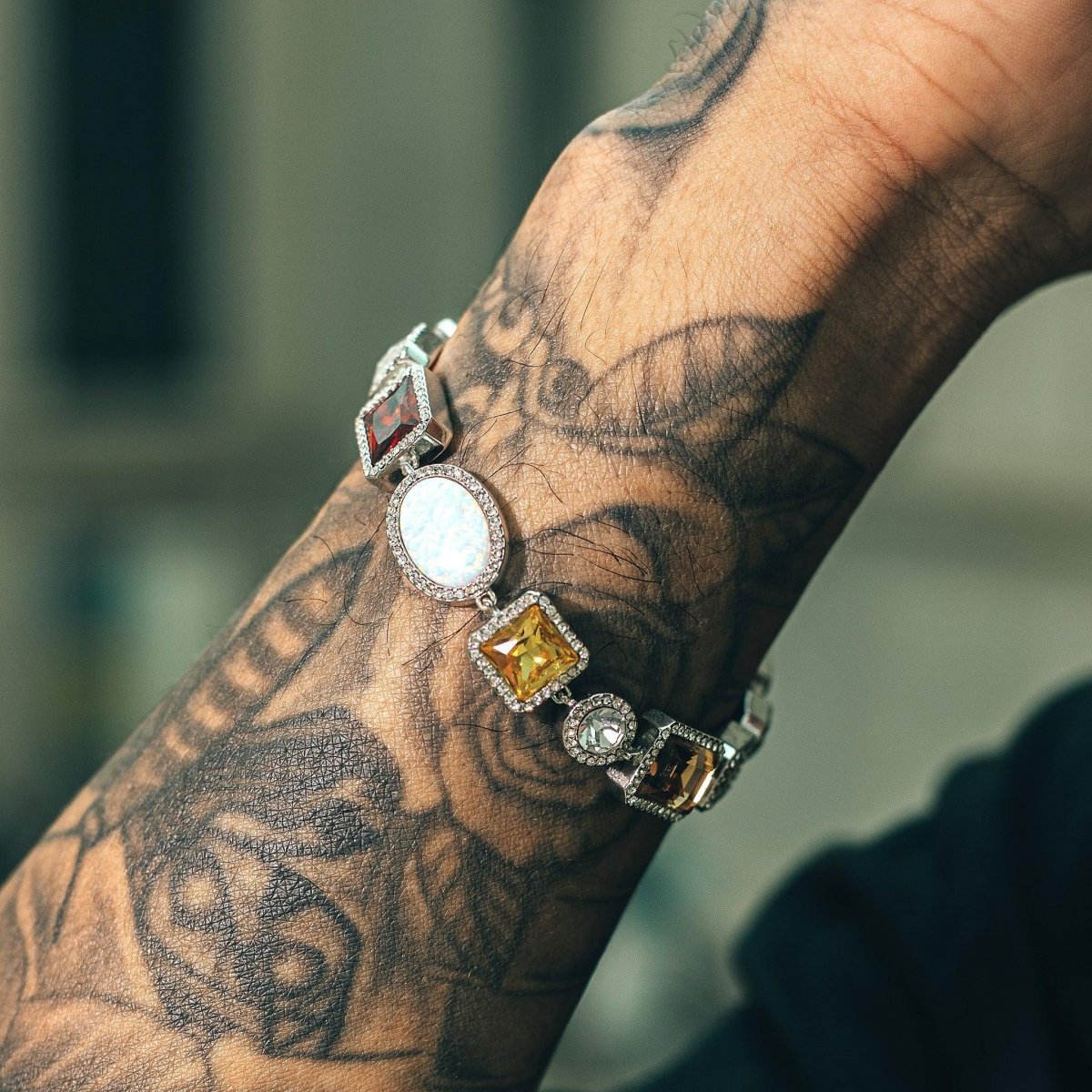
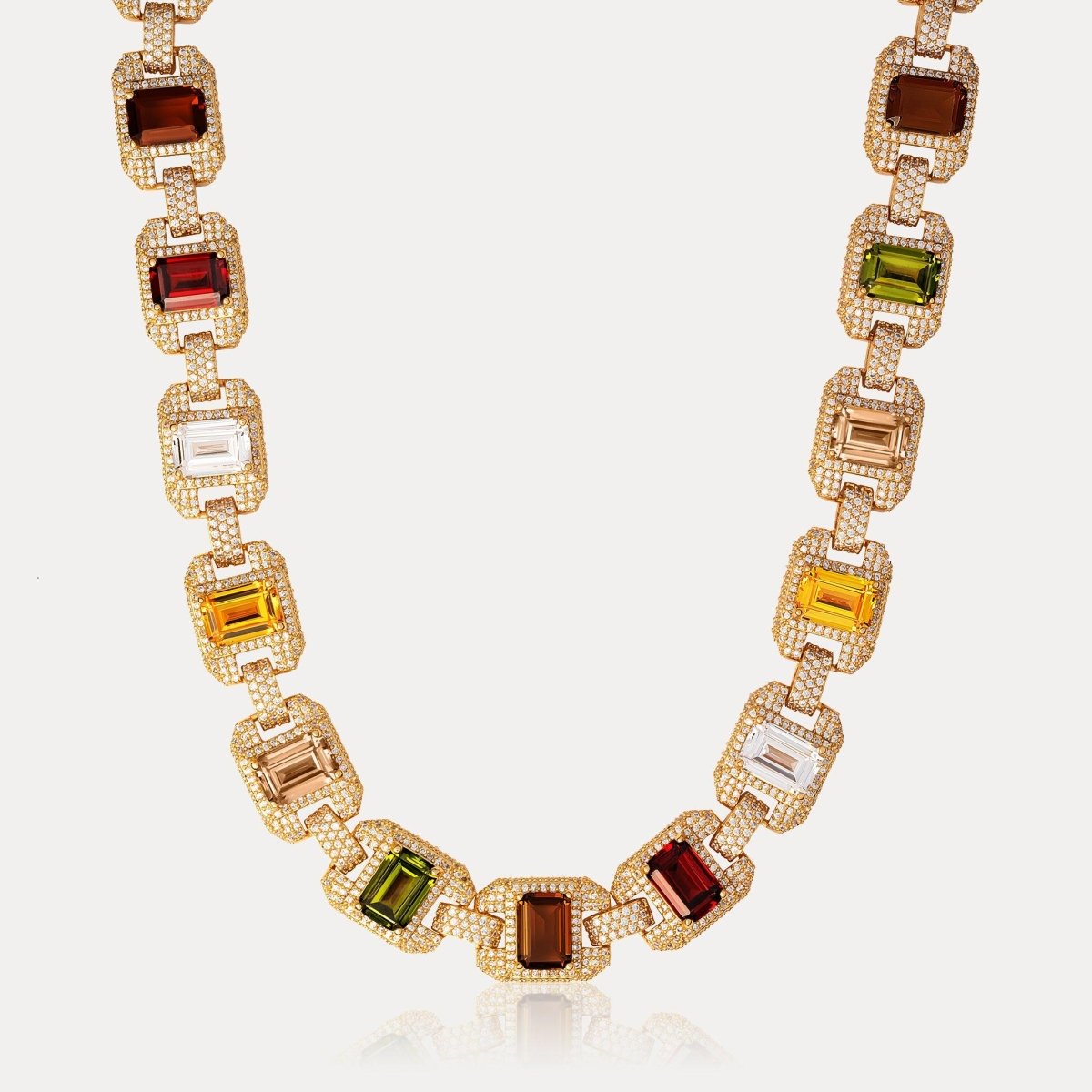



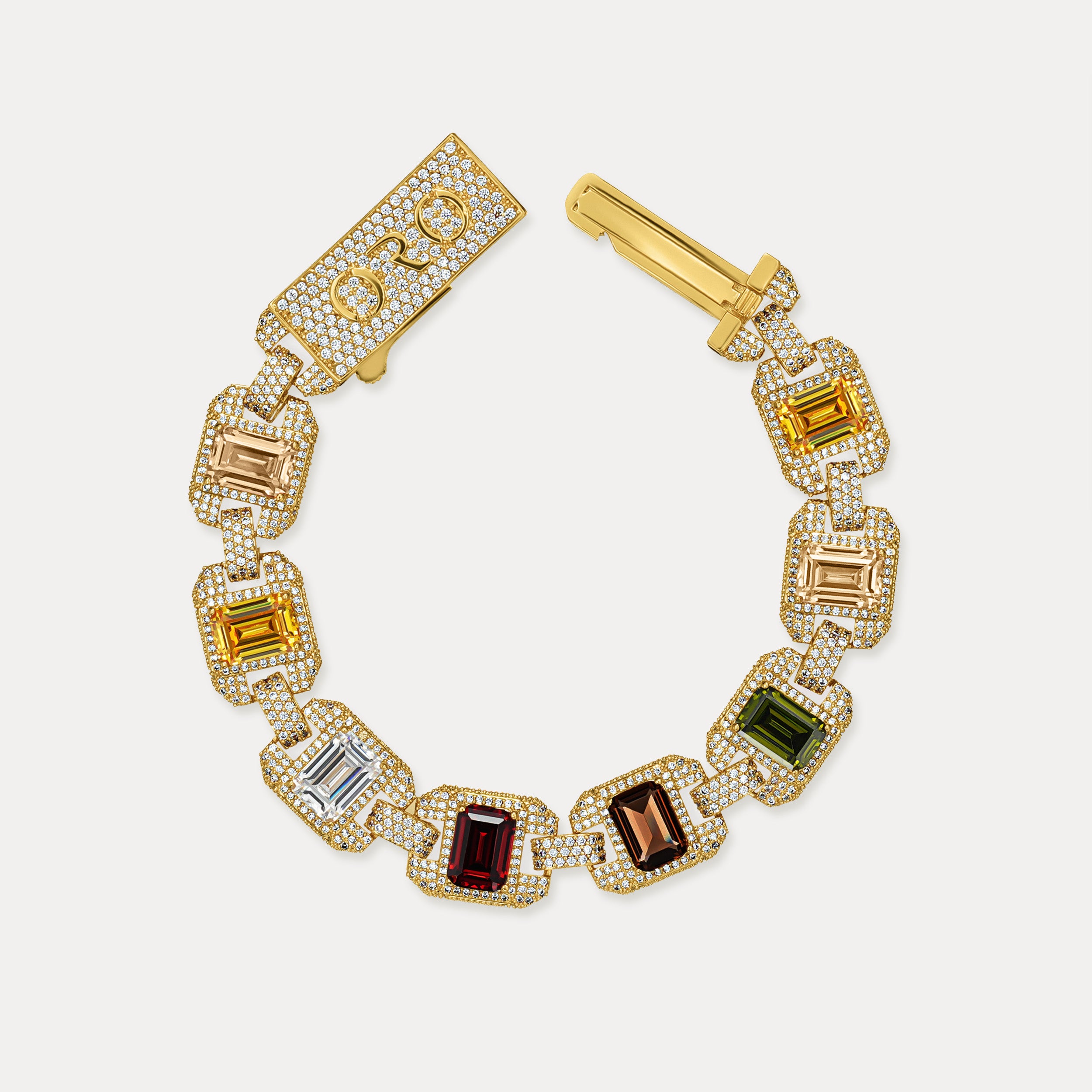
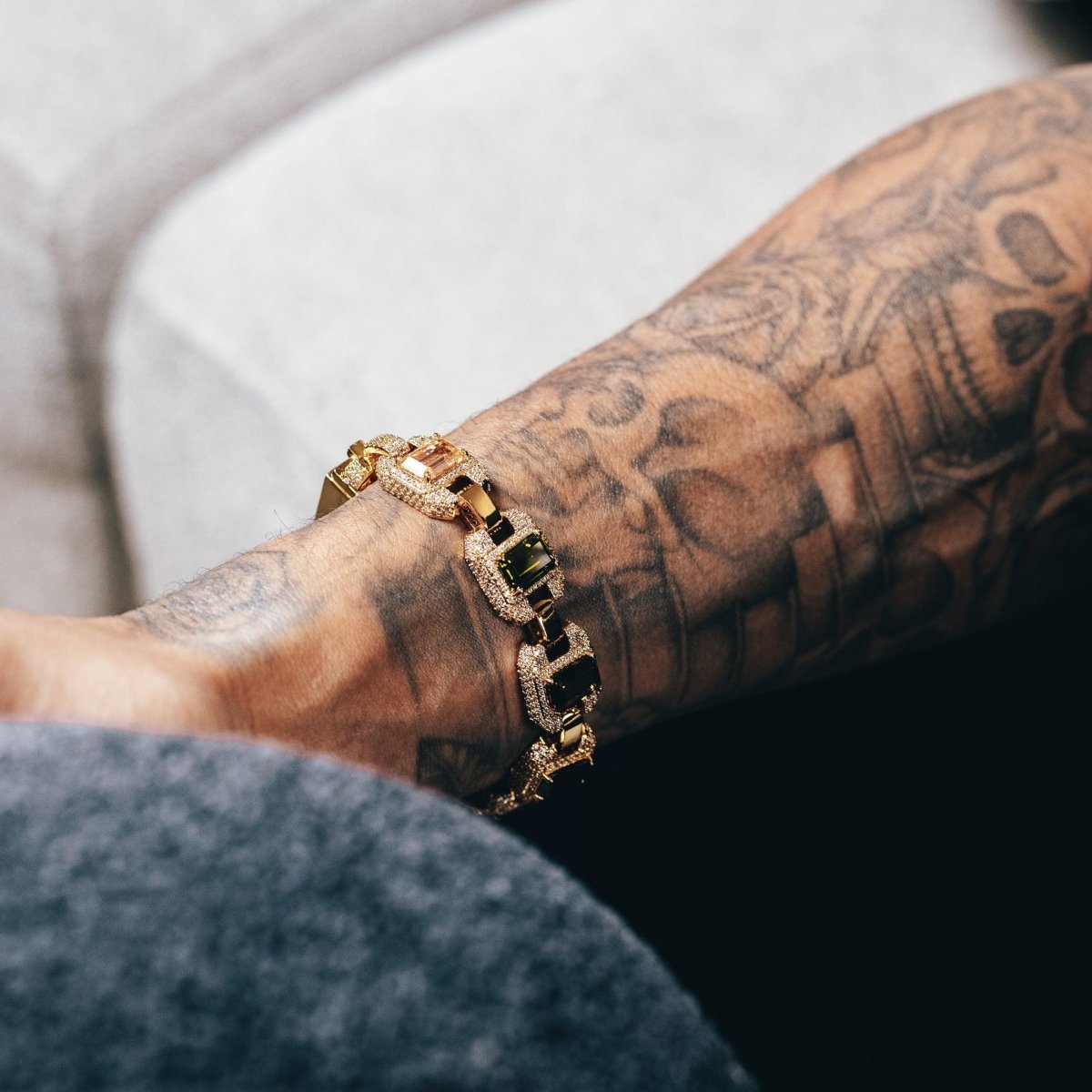
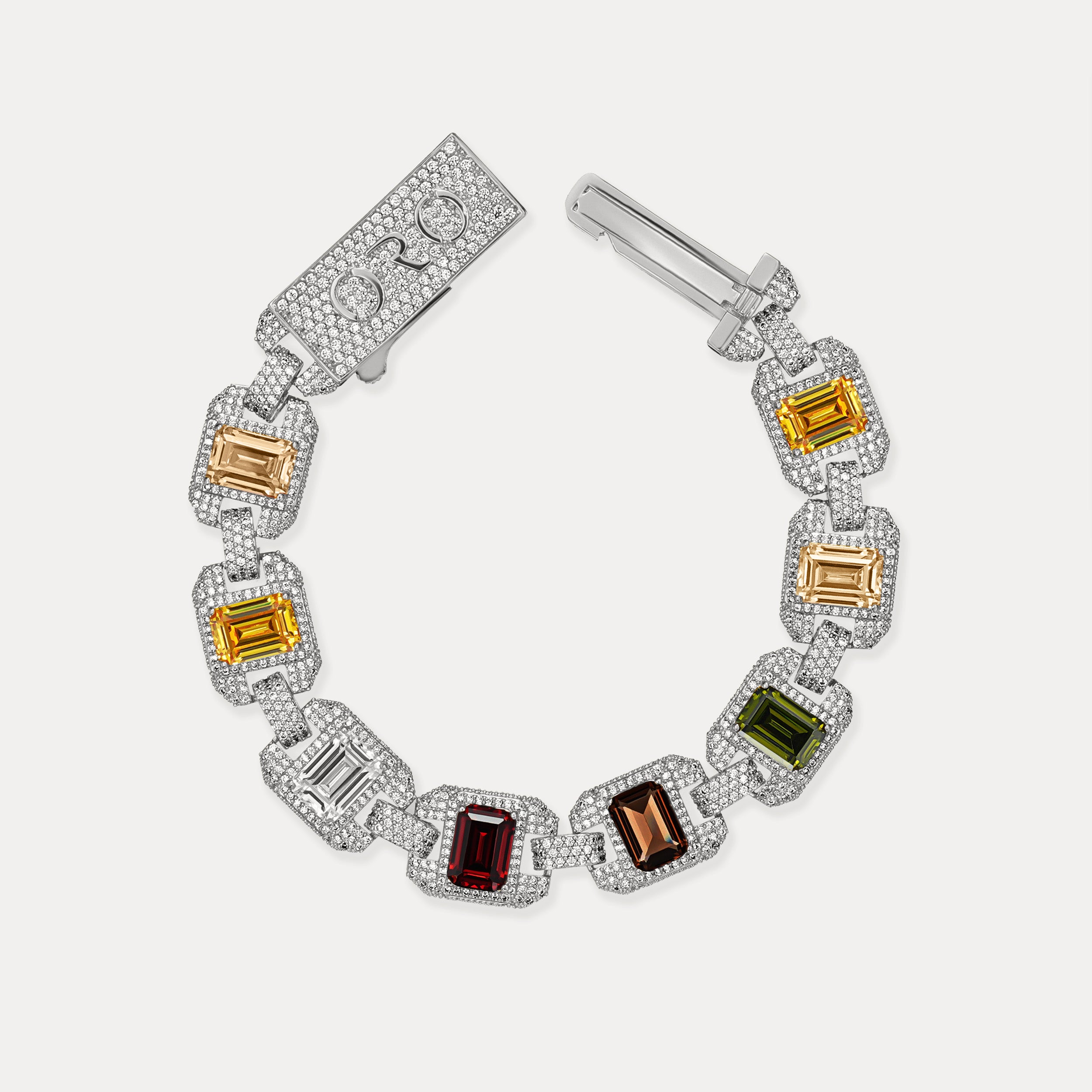
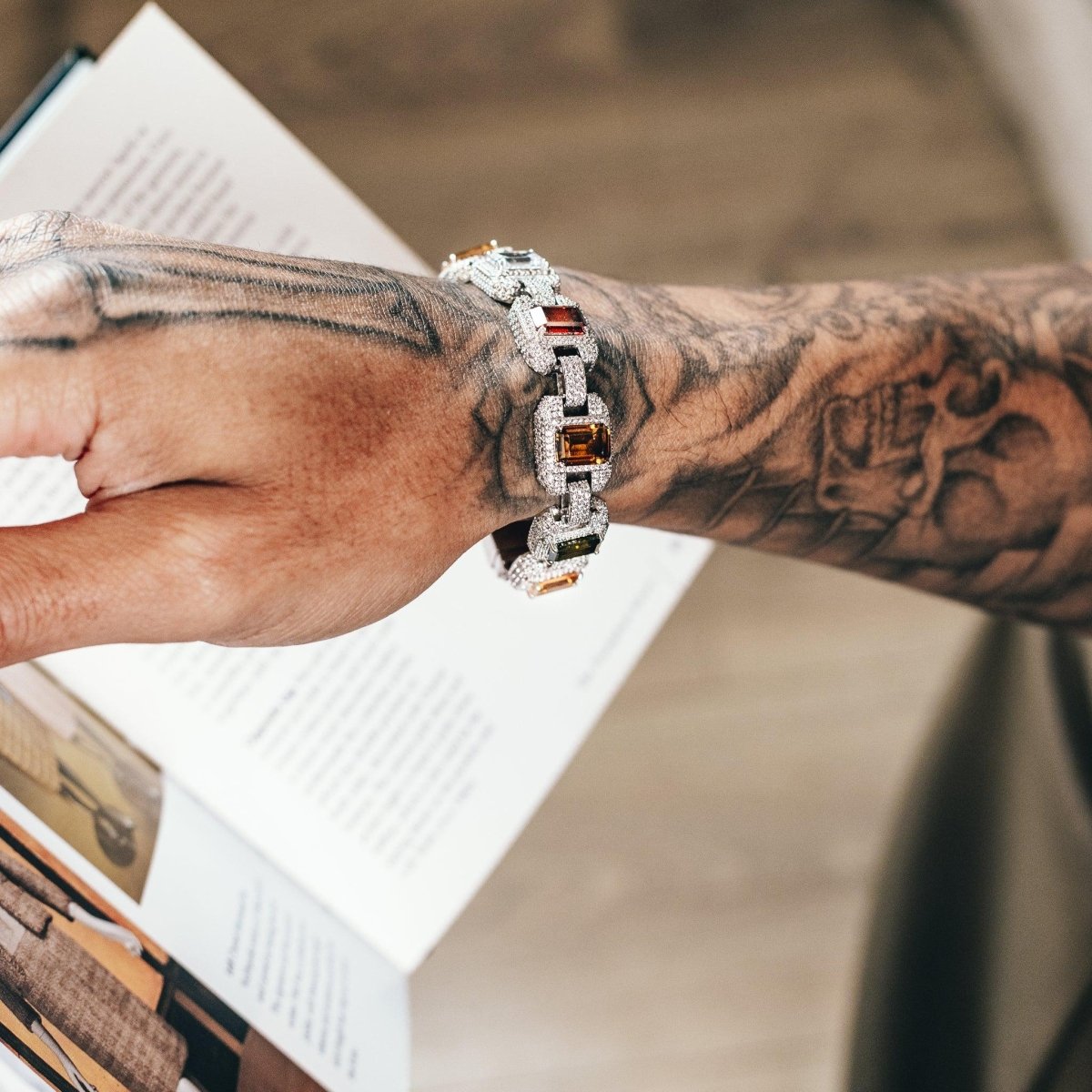
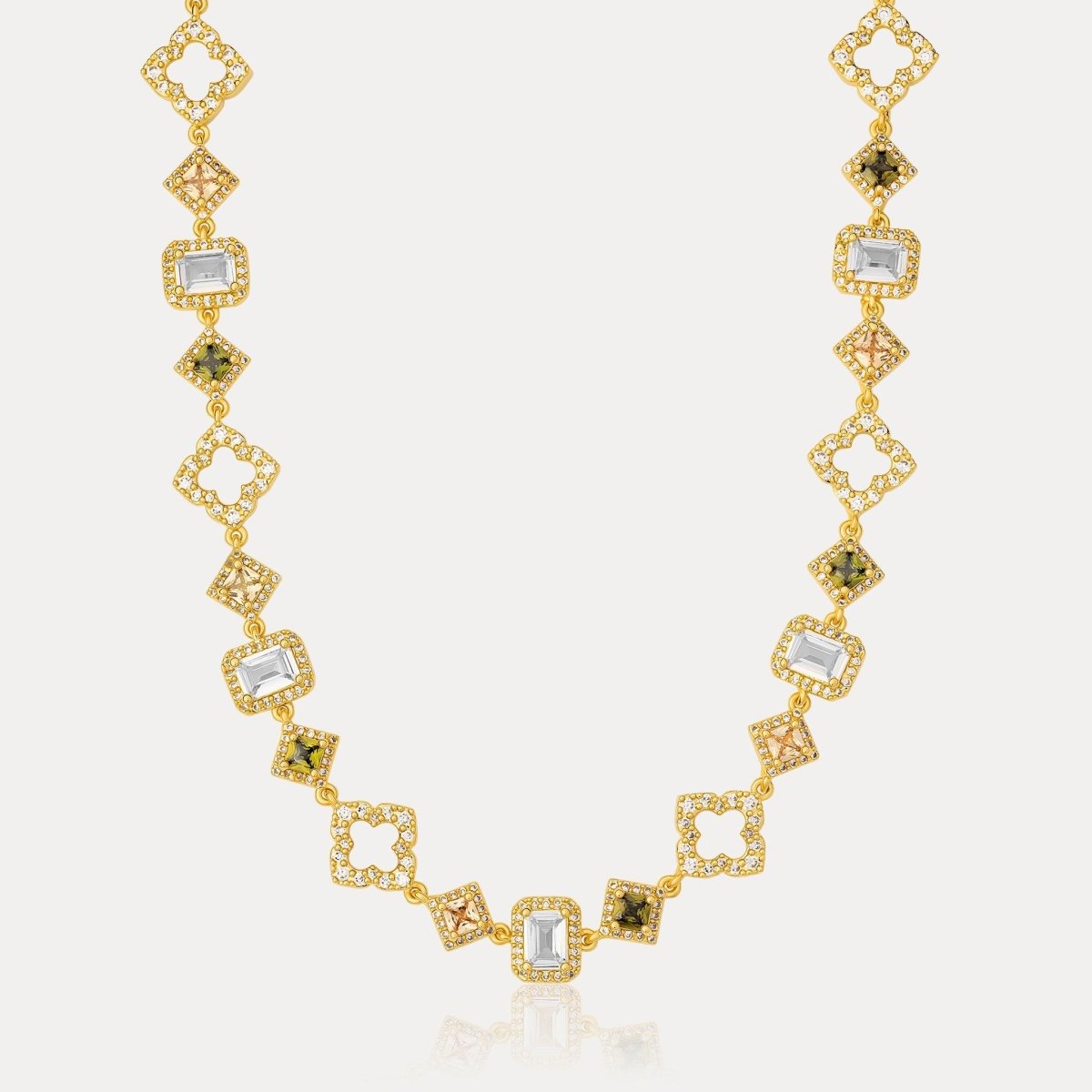
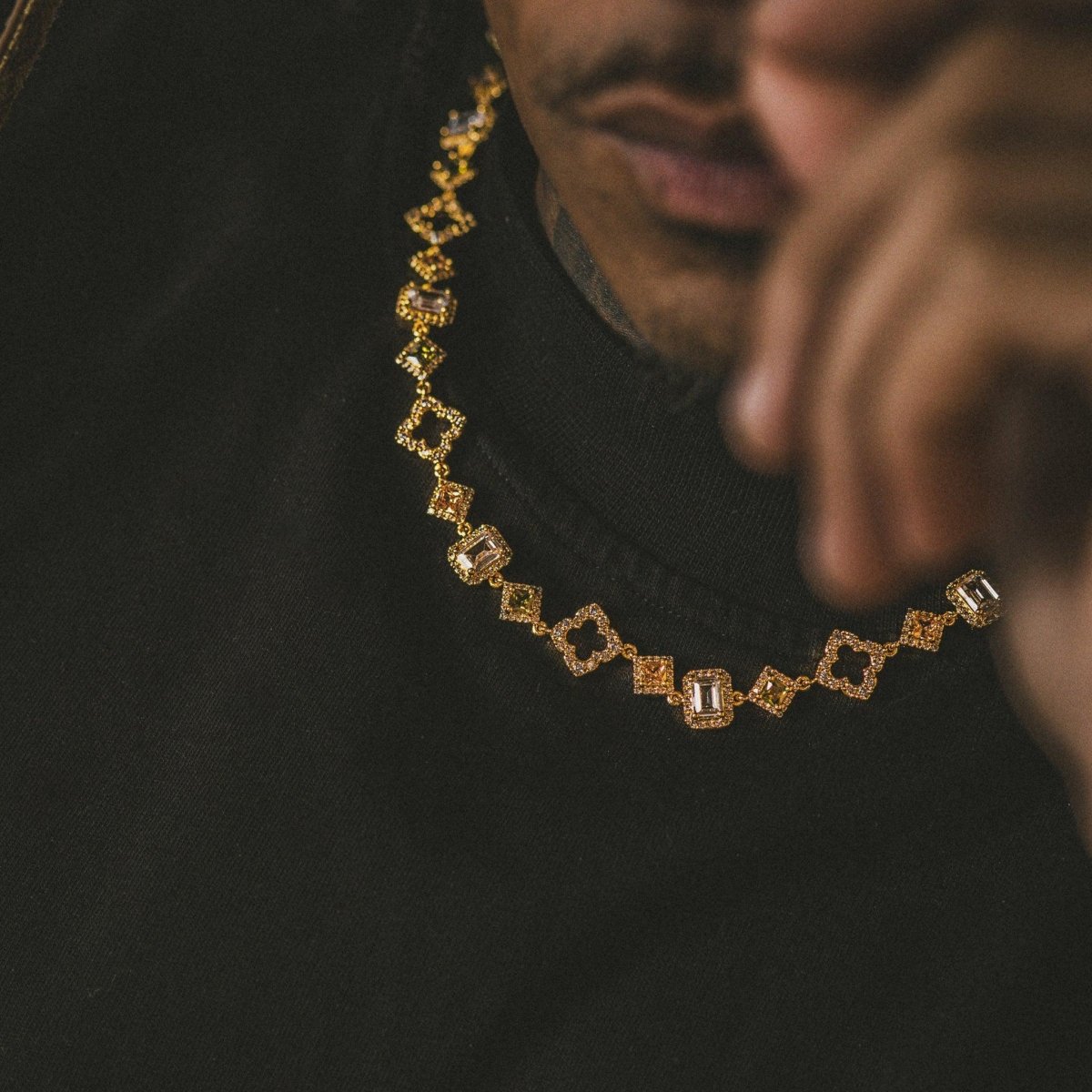
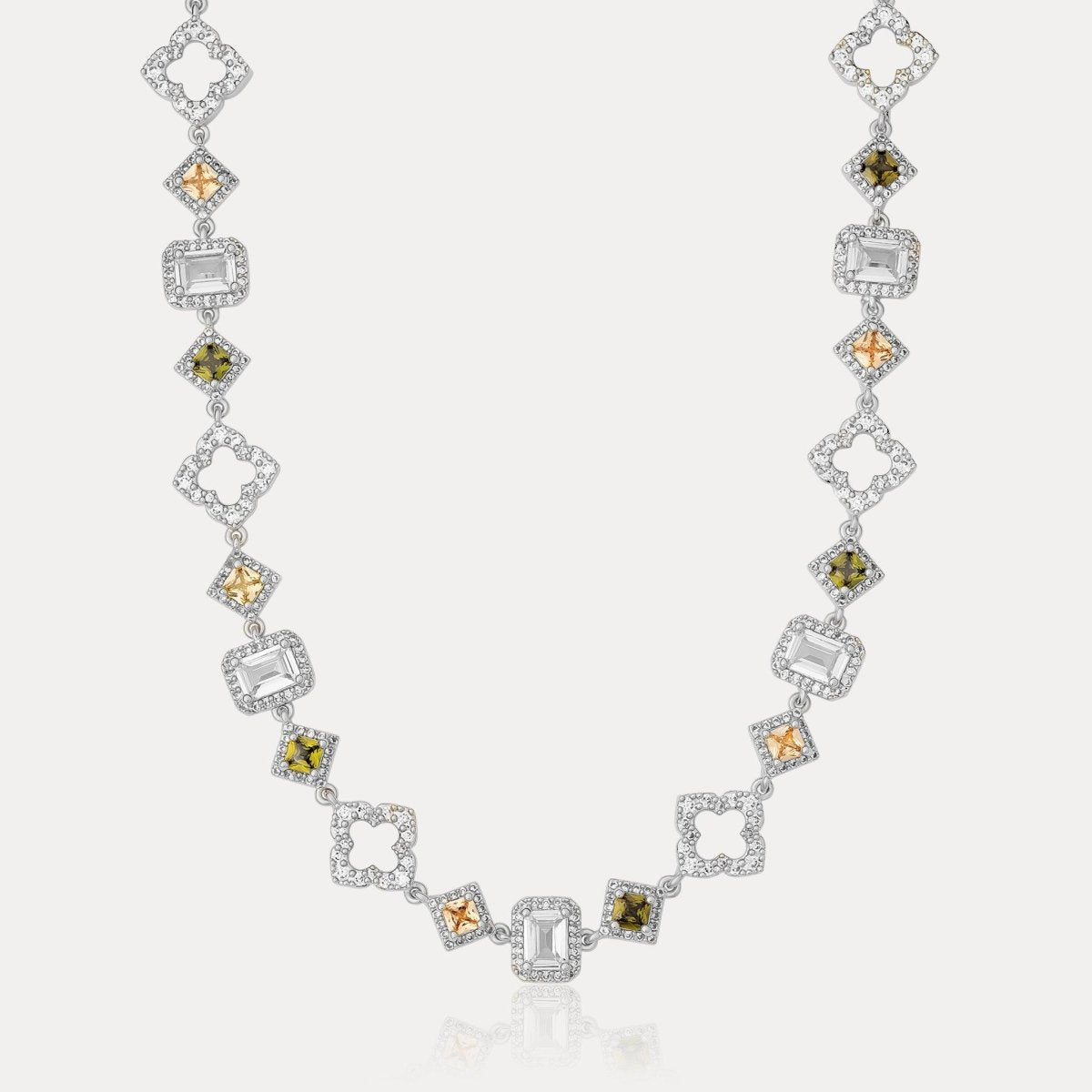


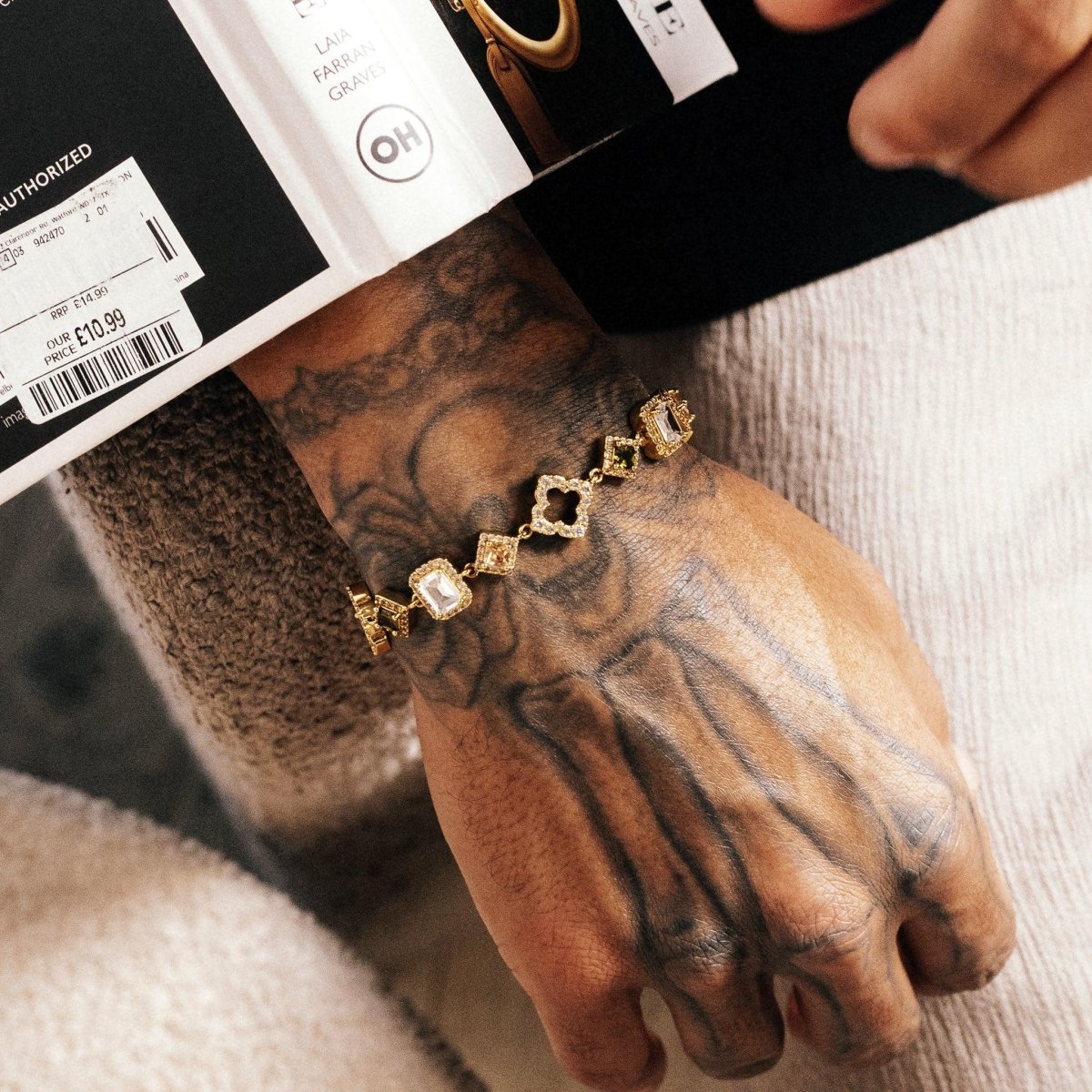

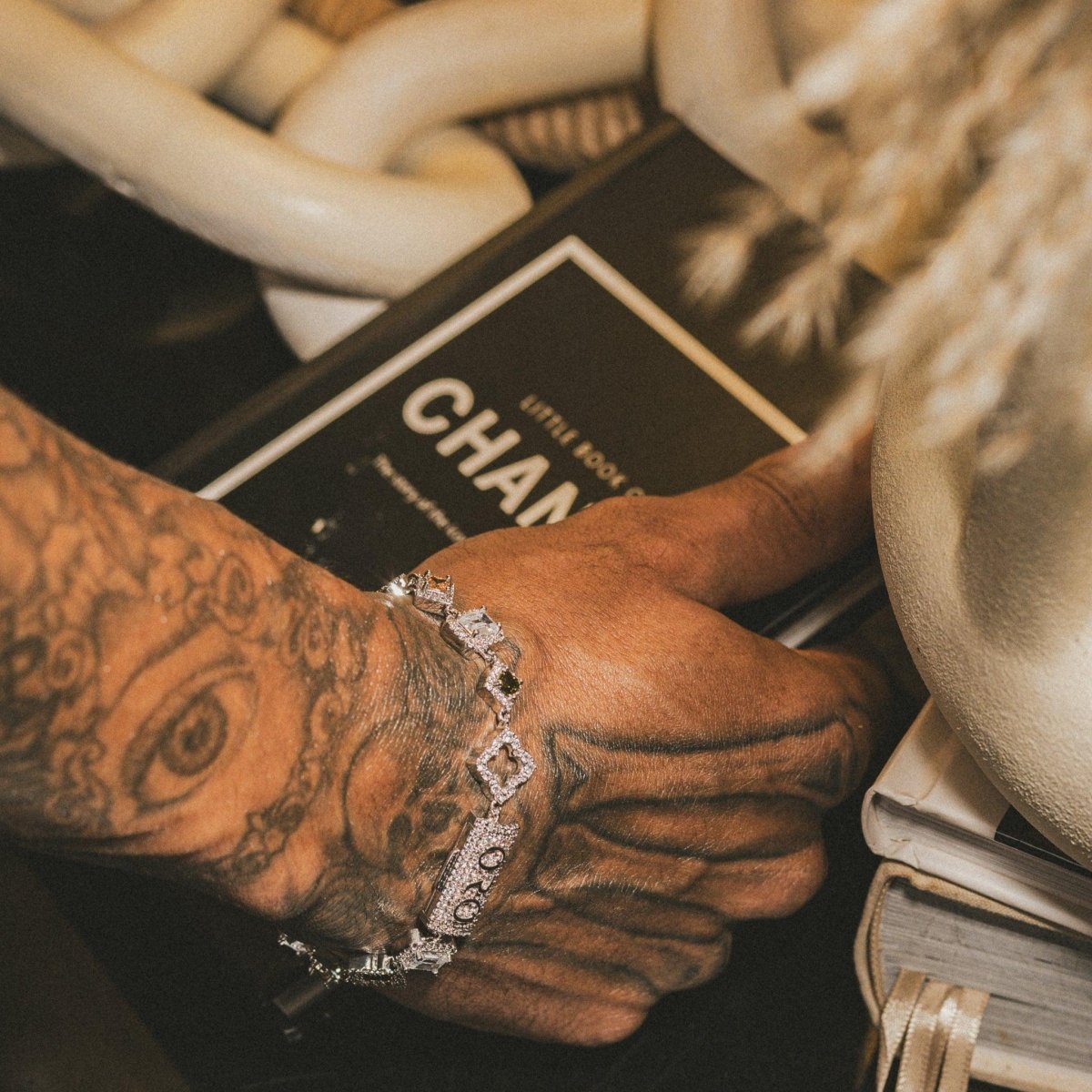
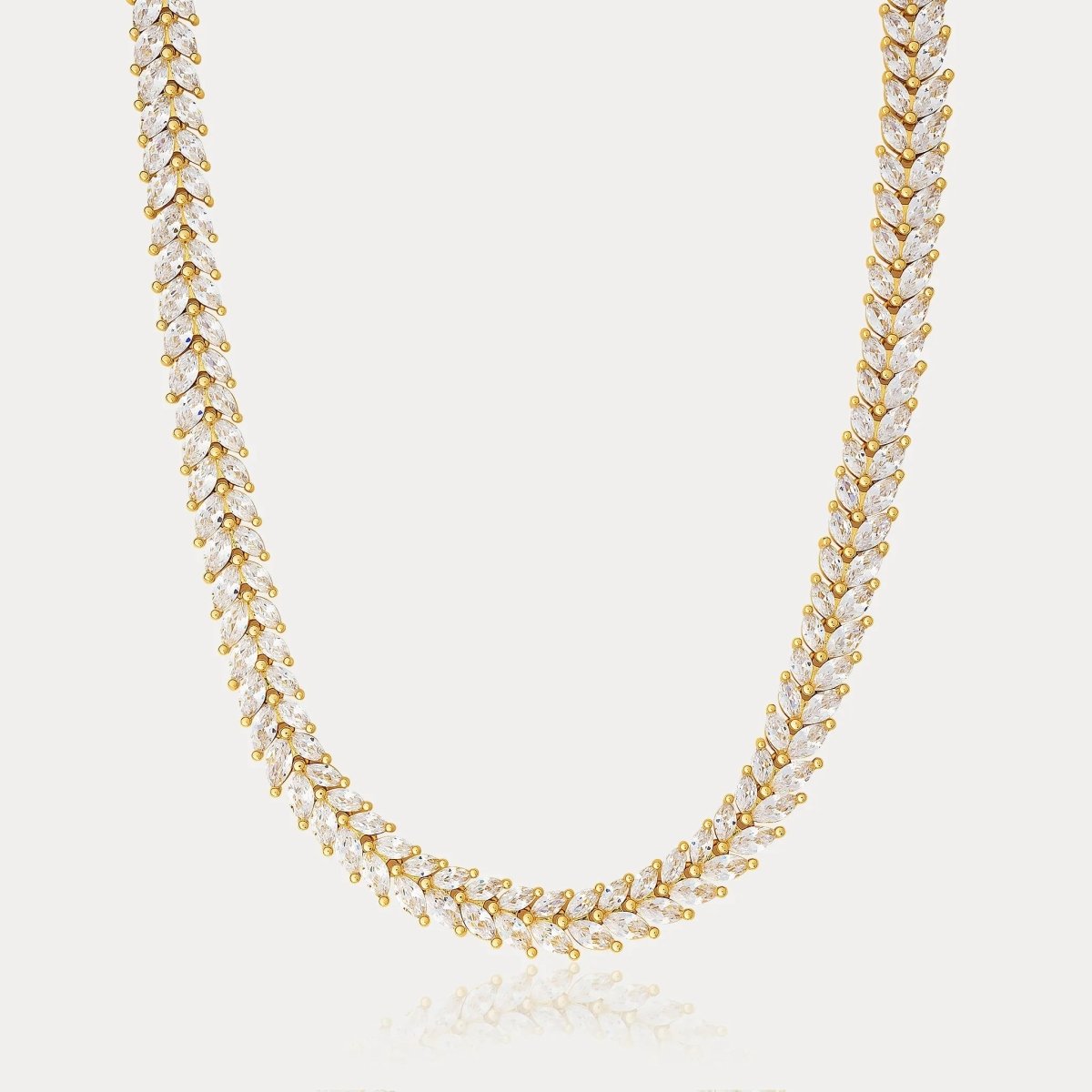
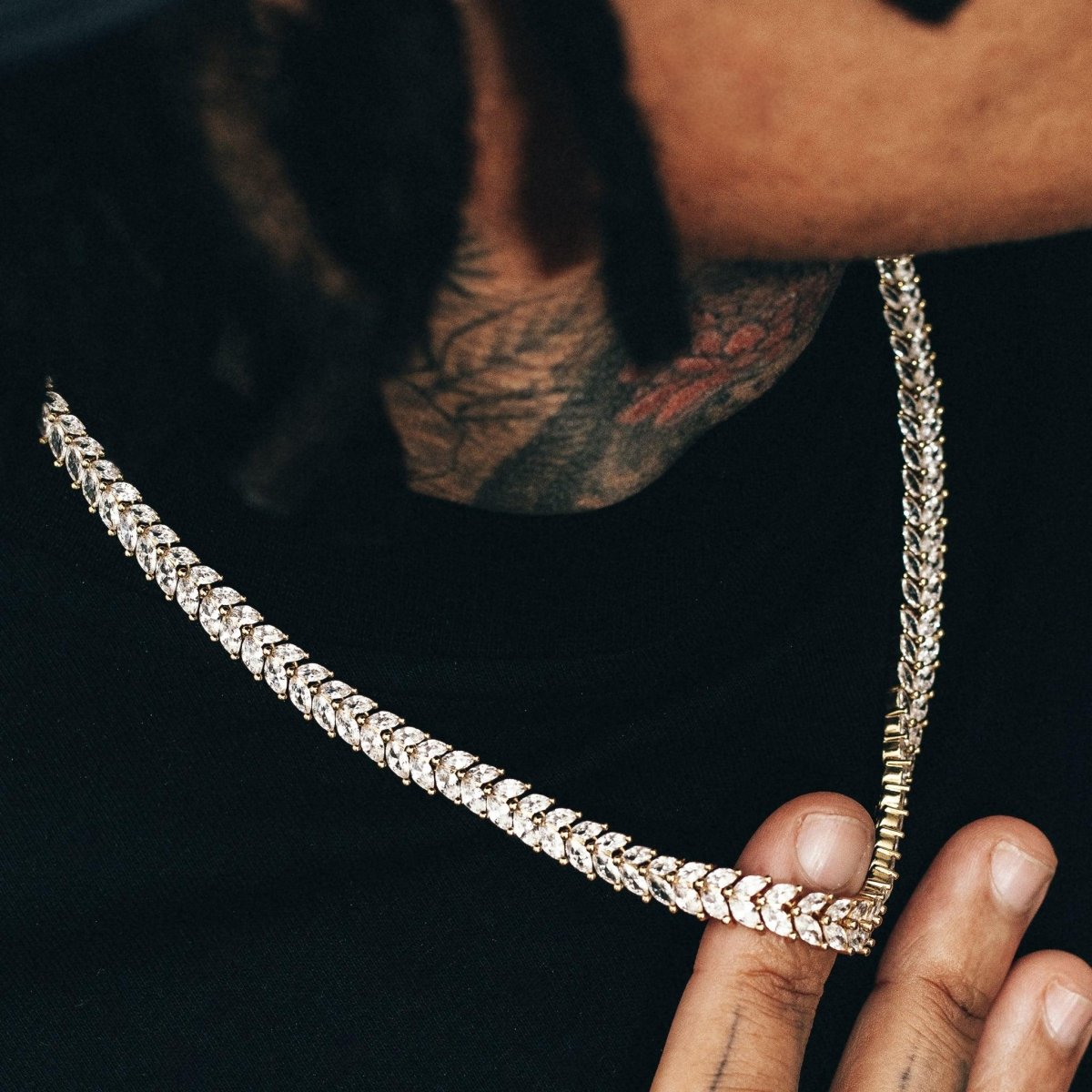
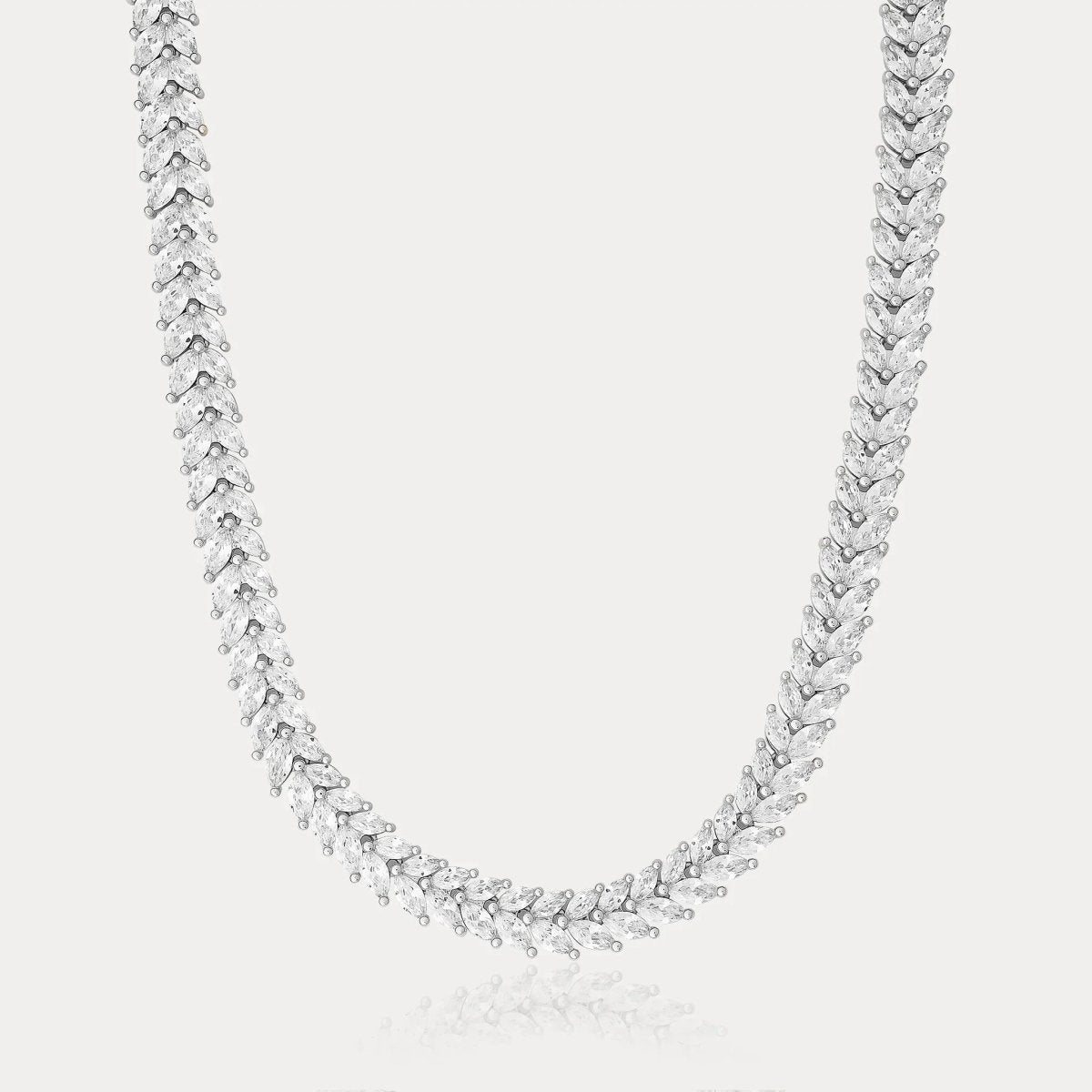

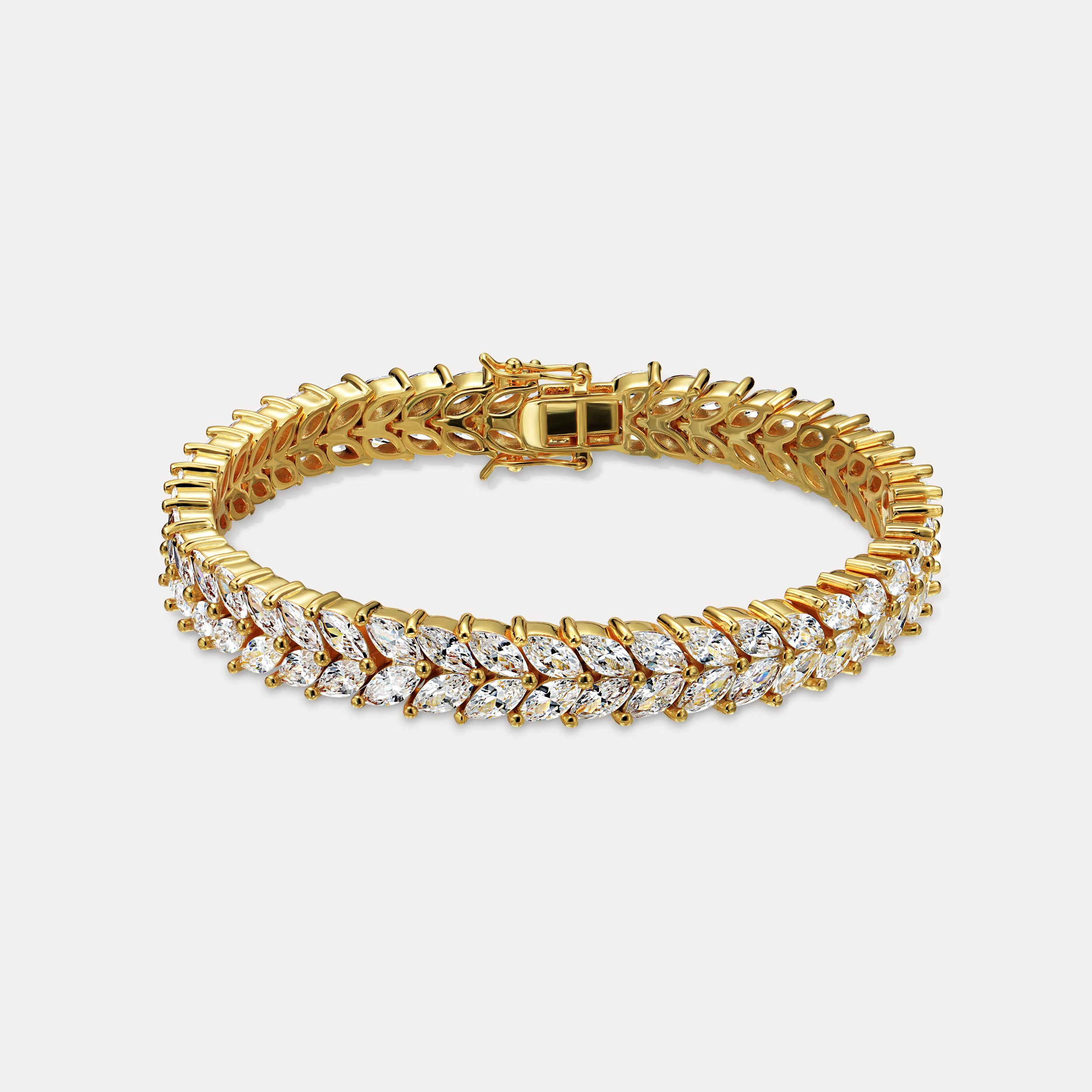

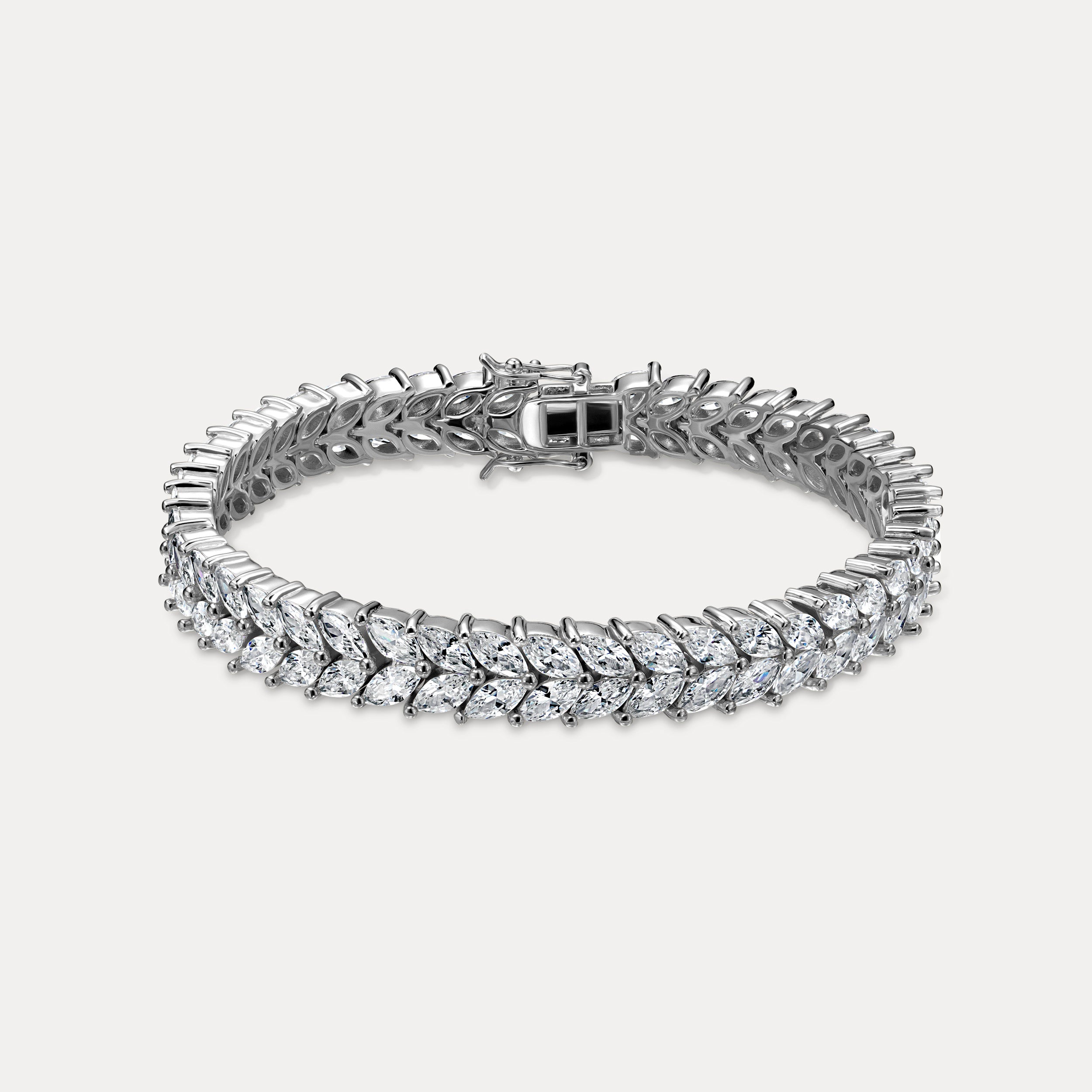
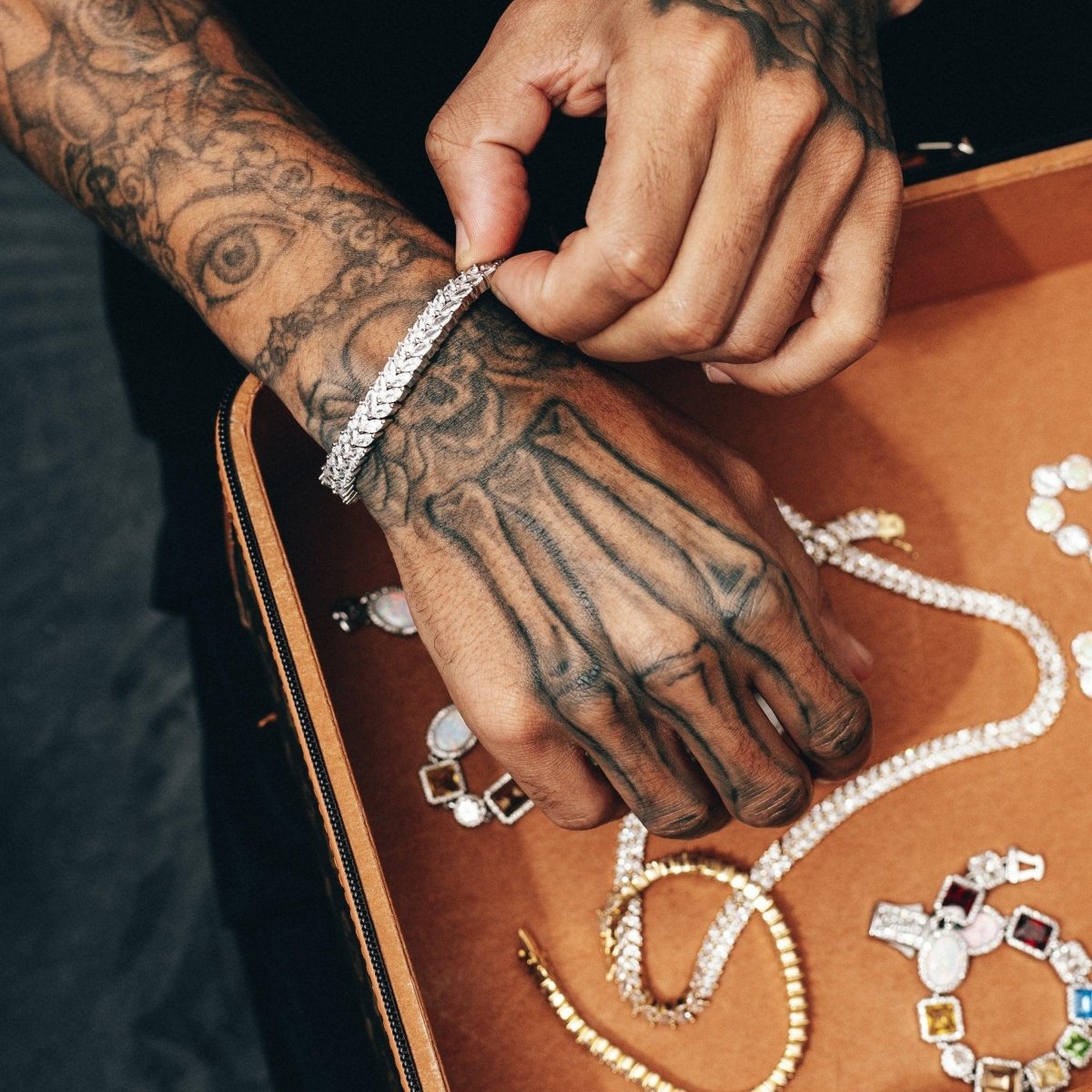
Leave a comment
This site is protected by hCaptcha and the hCaptcha Privacy Policy and Terms of Service apply.